Tokyo Olympics stadium architects wins zero-carbon job at Unesco World Heritage site
Japanese practice Kengo Kuma & Associates has been named as the winner of the international competition to design a new visitor centre at a Unesco World Heritage site in Albania.
The firm which designed Japan’s National Stadium for the 2020 Summer Olympics beat the UK’s William Matthews Associates to win the job in Butrint, one of Albania’s most significant archeological sites.
The brief called for a “charismatic yet practical” carbon neutral scheme that relates to the site’s dramatic natural coastal setting and promotes community engagement.
The jury, which included Albania’s culture minister Elva Margariti, said Kengo Kuma had achieved these aims through an “astonishing duality”.
The centre is envisaged as a mountain gate with views across the surrounding landscape, and another gate lower down the mountain side which will serve as an entryway.
The main visitor centre consists of a series of limestone roofs emerging from the ground with rammed earth walls, a natural ventilation system and rainwater capture.
The winner’s full team included an Albanian partner, CHwB Albania, as well as Ervin Paci, SOLARON Albania, iMEPS Engineering & Consulting, YOKE, Esmeralda Agolli and GE-D Engineering.
William Matthews, which led a team including Barker Langham, Harris Bugg Studio, Structure Workshop and Atelier Ten, also proposed two buildings, a circular structure set within water off the coast of Butrint and a visitor centre further up the mountain.
> Also read: William Matthews Associates shortlisted for Albanian visitor centre job
The other finalists were France-based Philippe PROST / AAPP, which came in second place, and Finnish practice Lahdelma & Mahlamäki Architects.
Butrint’s highlights include an ancient Epirot theatre, Roman Forum and an early Byzantine baptistery with a well-preserved mosaic pavement, along with other monuments dating from the Hellenic, Roman, Byzantine, Angevin, Venetian and Ottoman periods.
The wider National Park features hills, lakes, wetlands, salt marshes, plains, reed beds and coastal islands.
An Integrated Management Plan to safeguard the site and promote sustainable community-based and environmentally sensitive tourism was approved by the Government of Albania in July 2020.
The new visitor centre is due to open in September 2025.













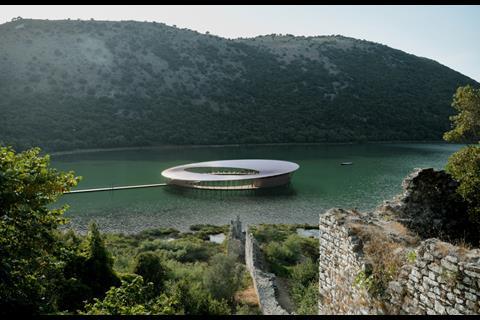
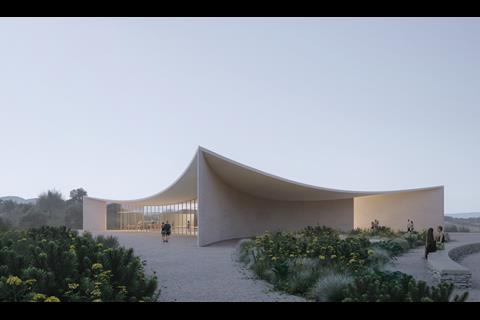

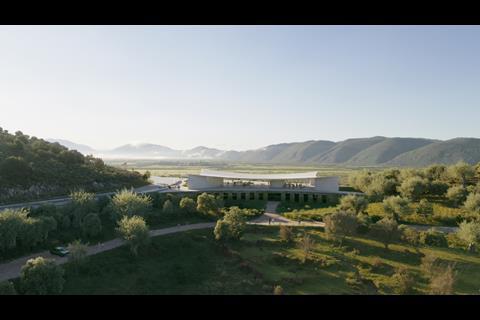
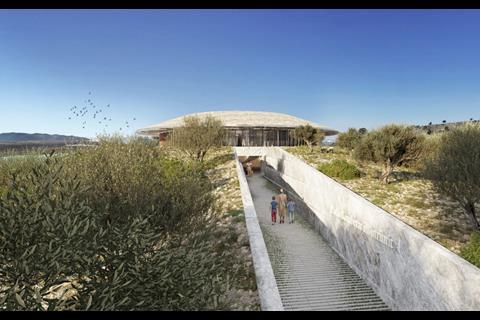
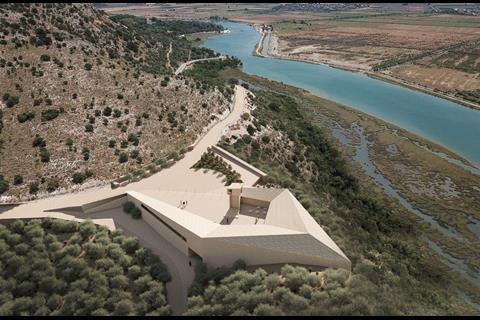







No comments yet